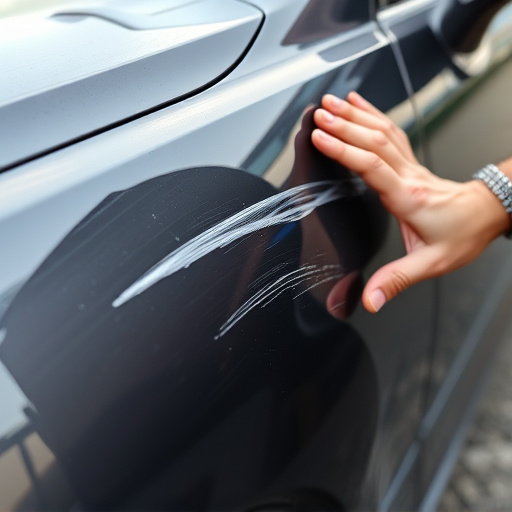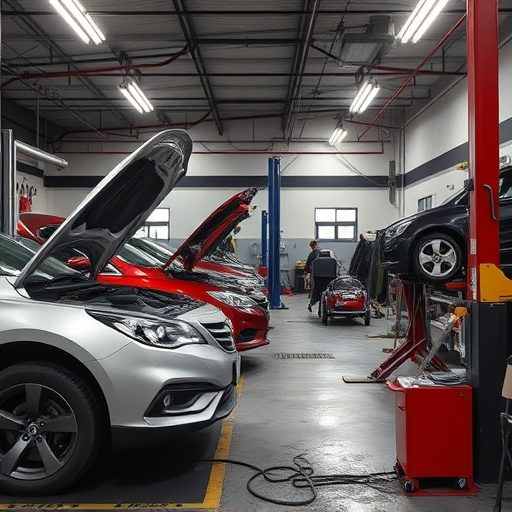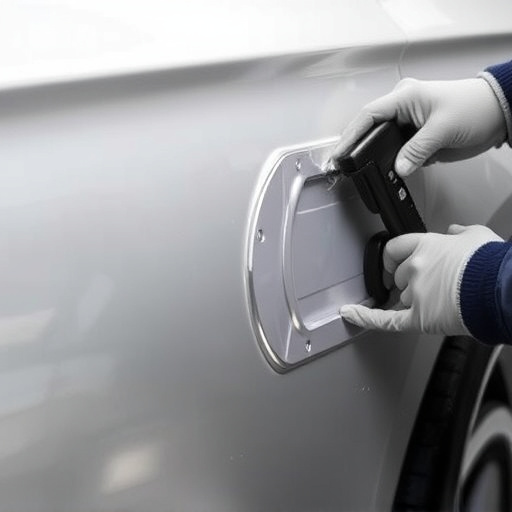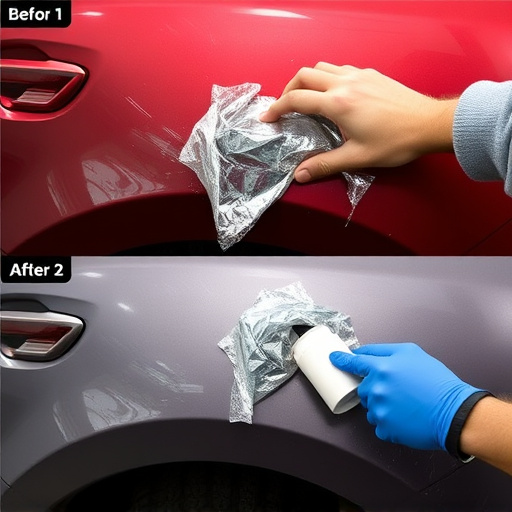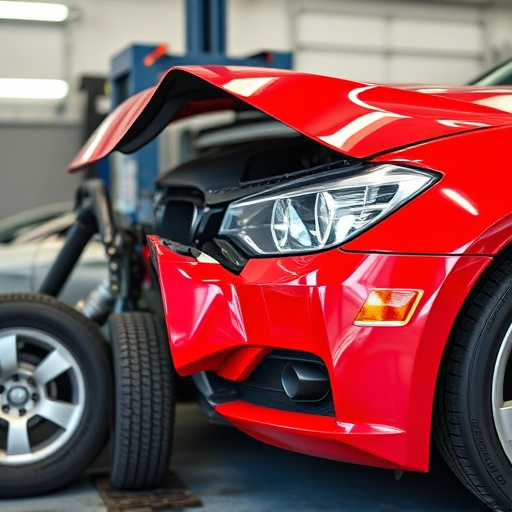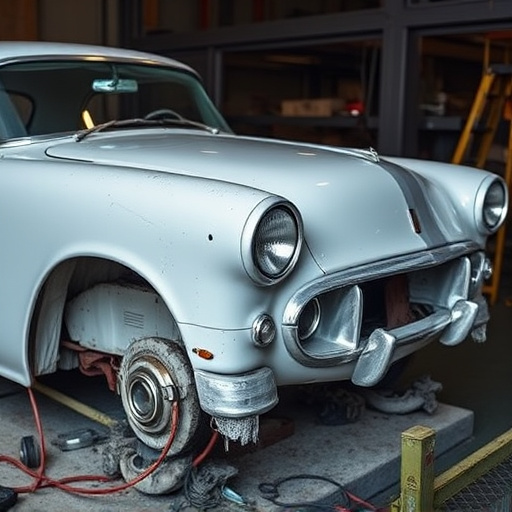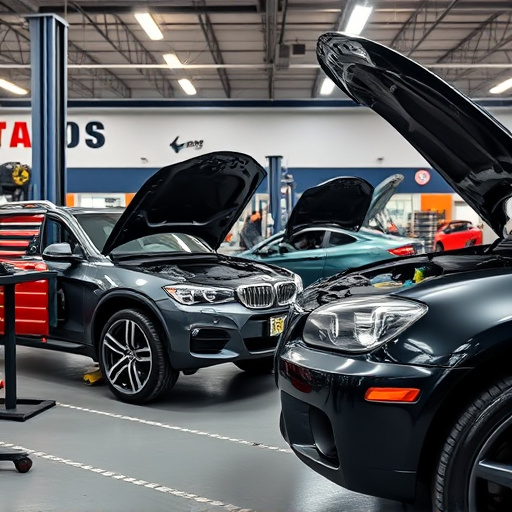Post-collision, identifying AC system leaks is crucial due to environmental and health risks from refrigerants like R-134a or R-410A. Trained technicians use visual cues and tools to detect damage to components like hoses, seals, compressor, and coils, ensuring driver safety and efficient AC operation through proper repair and replacement of damaged parts, including advanced leak detection methods. Trust a specialized car body shop for effective, environmentally responsible AC system collision repair.
In the aftermath of a car collision, identifying refrigerant leaks is crucial for safe and effective AC system collision repair. This comprehensive guide explores how to pinpoint post-collision refrigerant leaks, assess the damaged AC system, and implement proven strategies for leak detection and repair. Understanding these steps ensures not only optimal vehicle performance but also mitigates environmental hazards associated with refrigerant leaks.
- Identifying Refrigerant Leaks Post-Collision
- AC System Assessment in Collision Repair
- Effective Strategies for Leak Detection and Repair
Identifying Refrigerant Leaks Post-Collision

After a car collision, identifying refrigerant leaks is a crucial step in the repair process. The AC system, often damaged during an impact, can leak refrigerants like R-134a or R-410A. These substances are not only harmful to the environment but also pose health risks if inhaled. Trained eyes can spot visual cues such as discolored or bulging hoses, liquid oozing from seals, and unusual noises coming from the air conditioning unit.
Auto body repairs following a collision often involve specialized tools and knowledge to detect these leaks accurately. A qualified technician will use detection methods like ultraviolet lighting or electronic leak detectors to pinpoint the source. Once identified, proper auto repair services can address the issue, ensuring the AC system is repaired or replaced to maintain optimal vehicle performance and passenger safety.
AC System Assessment in Collision Repair
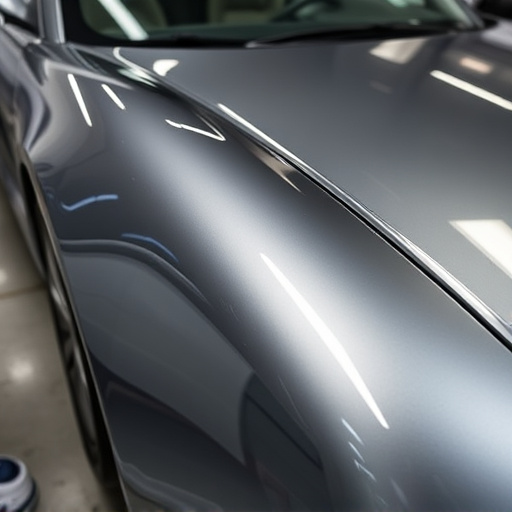
After a car collision, assessing the AC system is a crucial part of the overall inspection at a collision repair center. While many auto body repairs focus on visible damage, refrigerants in the AC system can be vulnerable to leaks during a crash. These leaks not only pose environmental hazards but also impact the efficiency and performance of the air conditioning system.
A comprehensive AC system assessment involves checking for any signs of damage or separation in components like compressor, condenser, and evaporator coils. Technicians should also inspect for cracks or corrosion in lines and seals. Given that even minor dents repair can disrupt the system’s integrity, it’s vital to ensure all parts are secure and functional before proceeding with any autobody repairs. This meticulous evaluation helps guarantee not only the safety of drivers but also the optimal operation of their AC systems post-collision.
Effective Strategies for Leak Detection and Repair

Effective strategies for leak detection and repair are crucial after a car collision, especially when addressing the AC system. The first step involves a thorough inspection, where skilled technicians use specialized tools to locate any signs of damage or leaks within the vehicle’s cooling system. This meticulous process includes checking the refrigerant lines, seals, and components for cracks, corrosion, or dislodgement caused by the impact. With advanced detection methods, even microscopic leaks can be identified.
Once detected, repair involves replacing damaged parts, resealing connections, and recharging the AC system with the appropriate refrigerant type. It’s recommended to trust a reputable car body shop specializing in collision repair and auto maintenance to handle these delicate procedures. Their expertise ensures that the repairs are not only effective but also safeguard the environment by adhering to proper refrigerant management practices, especially when dealing with hazardous refrigerants commonly used in modern AC systems.
After a car collision, identifying and addressing refrigerant leaks in the AC system is crucial for both safety and environmental protection. By understanding the signs of post-collision leaks and implementing effective strategies for detection and repair, professionals in AC system collision repair can ensure the vehicle’s cooling efficiency while mitigating potential hazards. This knowledge not only facilitates high-quality repairs but also contributes to sustainable automotive practices.
